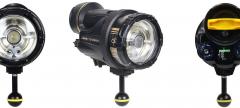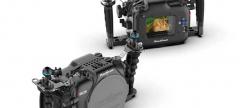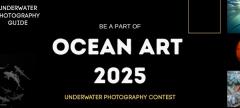Nikon Z50 II Camera Review
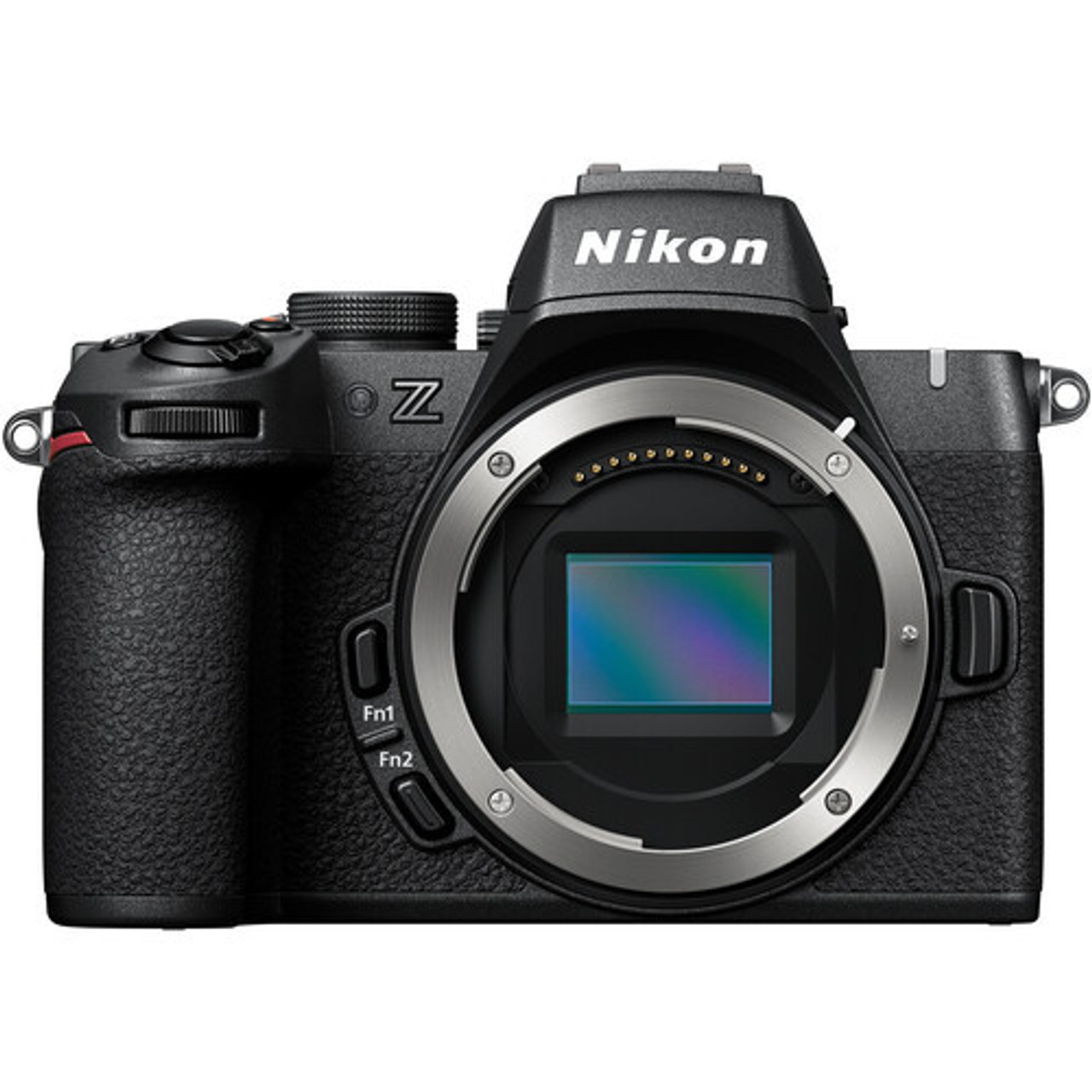
The Nikon Z50II mirrorless camera is Nikon’s newest APS-C mirrorless camera—and it's the first serious contender to fill the massive shoes of the legendary Nikon D500. With pro-level autofocus inherited from the Z8, sharp Z-mount lens compatibility, and buttery-smooth 4K/60p video, the Z50 II delivers serious performance at a fraction of the price. We took it diving in Anilao, Philippines with an Ikelite housing to see if this compact mirrorless body can live up to its DSLR heritage—and it did not disappoint.
Nikon Z50 II US MSRP: $909.95 at Bluewater Photo
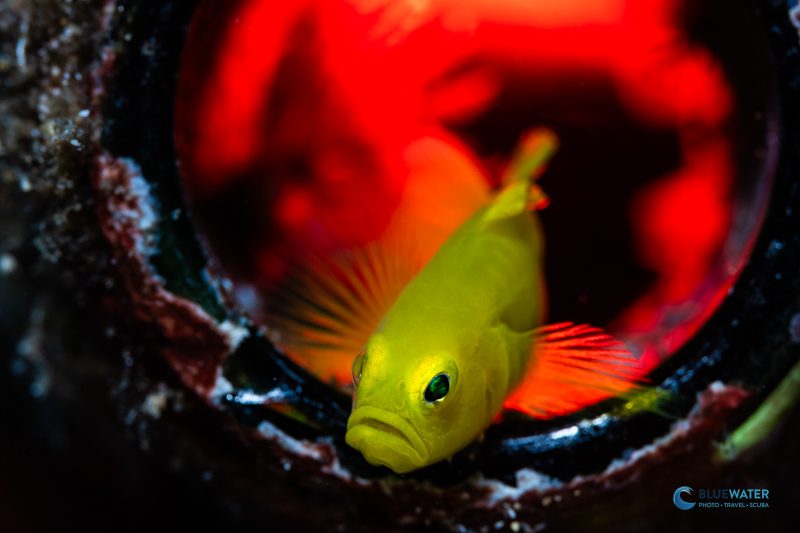
Order your Nikon Z50 II Camera at Bluewater Photo
Support our content and purchase a Nikon Z50II underwater housing at Bluewater Photo:
View All Nikon Z50II Underwater Housings
Order an Ikelite Nikon Z50 II Housing
Order a Nauticam Nikon Z50 II Housing
Nikon Z50 II Specifications
- 20.9 megapixel APS-C CMOS sensor
- EXPEED 7 image processor
- 209-point on-sensor hybrid AF with subject detection (human, animal, bird) and eye-tracking autofocus
- Low-light autofocus sensitivity down to -4.5 EV
- Continuous shooting: 11 fps (mechanical shutter), 30 fps (electronic shutter)
- Buffer: up to 200 RAW images at 11 fps
- Flash sync speed: 1/200 sec (expandable to 1/250 sec with Auto FP-compatible flashes)
- 4K/60p video recording with 1.5x crop
- N-Log and HLG 10-bit recording (H.265 codec)
- Uses new EN-EL25a battery
- Battery life: approx. 230 shots (roughly 2 dives)
- Single UHS-II SD card slot
- Weight: 550g with battery and memory card
- Dimensions: 126.5 x 96.8 x 66.5 mm
- US MSRP: $909 (body only)
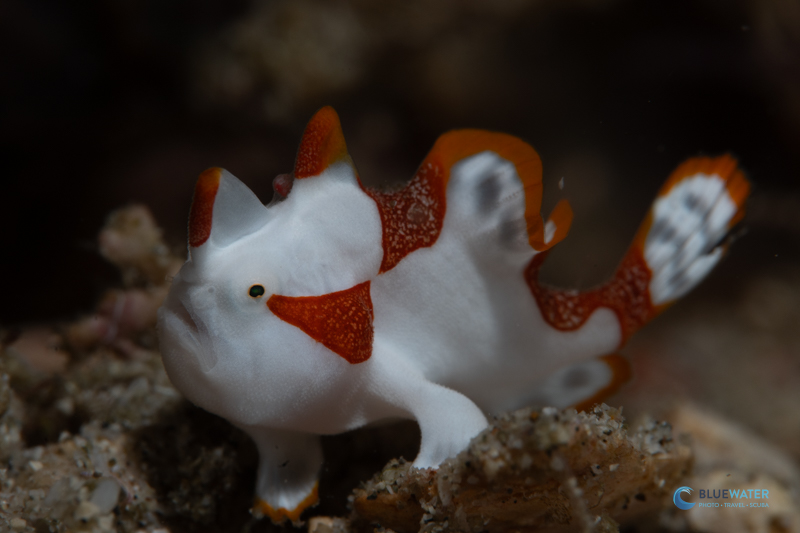
Key Underwater Photo Features
The Same Great Nikon Crop-Sensor Image Quality
Nikon hasn't changed their sensor or image quality between the release of the DSLR Nikon D500 and the Nikon Z50II. It's still the same great 20 megapixel sensor. That said, the new Expeed 7 processor does improve low light (high ISO) noise performance slightly.
For some divers, the sensor may feel a bit outdated. Nikon's top competitors like Sony and Canon typically offer 24 megapixels in their lowest end APS-C cameras like the Canon R100 and more resolution on higher end crop sensor cameras like the 26 megapixel Sony A6700 and 30 megapixel Canon R7. Considering that this underwater photoworkshop was a macro workshop, it would have been nice to have the ability to crop down a bit more for small, supermacro subjects. That said, the 1.5x crop built-in to an APS-C sensor means that I was already cropped in with the full-frame Nikon Z 105mm macro Nikon Z 105mm macro and Nikon F 60mm macro lenses. In reality, I had no problem getting excellent color and detail with minimal cropping on supermacro subjects like pymy seahorses - especially when I paired the Nikon Z 105mm macro with the Kraken +13 macro lens.
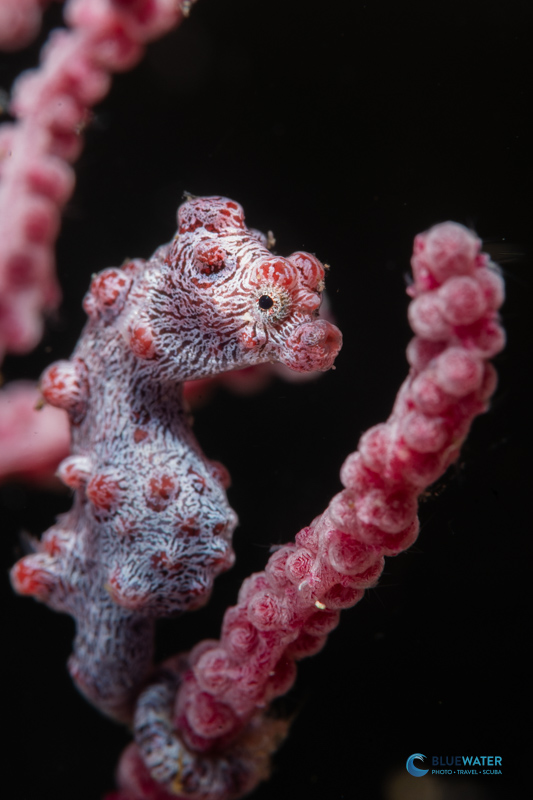
Perhaps the main benefit of the Nikon Z50 II over older Nikon APS-C DSLRs is its compatibility with Nikon Z lenses. Z glass, which cannot be used on DSLRs, have a wider diameter resulting in sharper corners and less aberration. Despite being slower to autofocus, I've noticed that the Nikon Z 105mm macro is actually significantly sharper than the F 105mm macro lens. For this reason alone, I was quite excited to pair the lens a cropped sensor mirrorless camera - maximum crop and maximum sharpness!
Nikon's Top Performing Autofocus System
After a couple weeks of shooting with the Nikon Z50II, I was jumping for joy at just how effective its autofocus system is. The camera inherited the same incredible autofocus from the Nikon Z6 III and Nikon Z8. In 3D autofocus mode, you can place the focus box directly over your subject and watch it follow the animal around the frame - whether you move or the animal moves. There even appears to be a bit of an improvement in the camera's ability to subject detect and find fish eyes underwater. In fact, the Z50II has been the most effective camera that I've shot to date at identifying underwater animal eyes - a difficult task for any camera with eye detection. I consistently had the camera identify fish and grab the eye. For the first time, I was shooting macro from the hip.
The only downside of the autofocus system is that it does struggle a little in low light without a focus light. The camera is rated to focus down to -4.5 EV. But I'd recommend a Bluewater 1500 focus light for optimal performance.
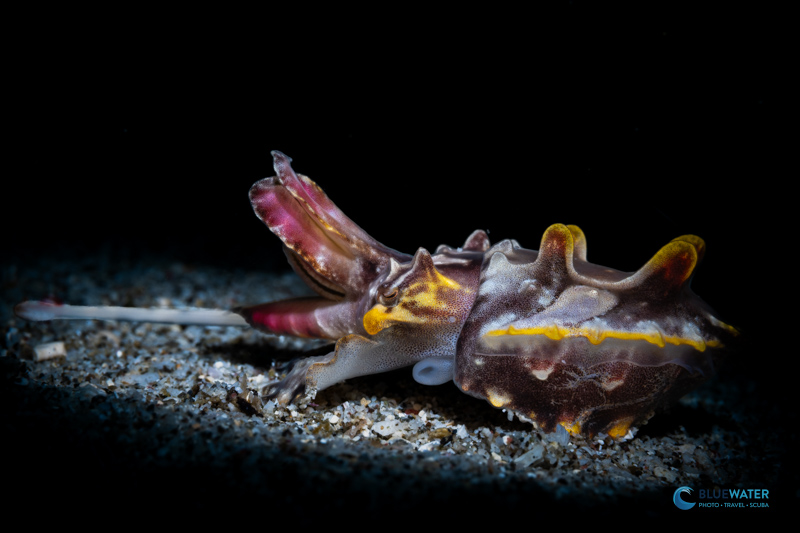
Limitations
Battery Life
Throughout my time shooting the Z50 II, my largest gripe with the camera has been the battery life. The new EN-EL25a battery keeps the form compact, but it's only rated for about 230 shots. I found myself needing to get a new battery after every two dives. After all the improvements made to mirrorless camera battery life, it felt like stepping into the past.
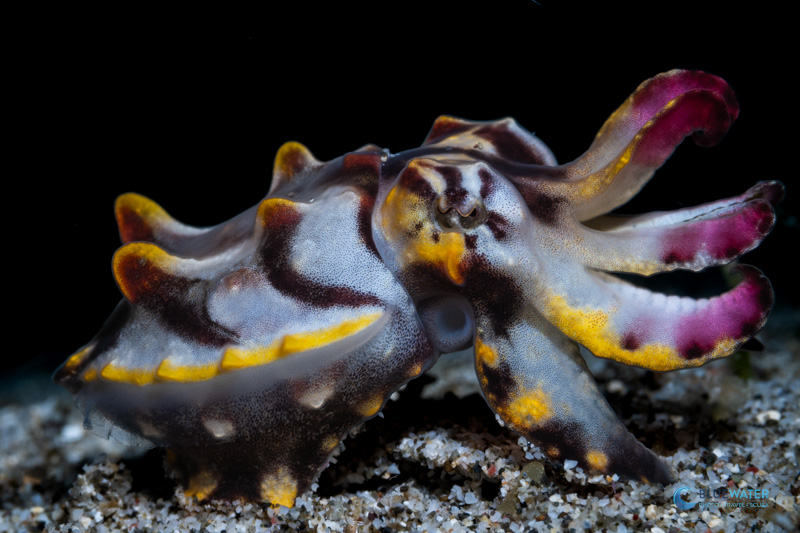
No In Body Image Stabilization
While it's not a huge issue, the Z50II doesn't have in-body image-stabilization. This is common for mirrorless cameras at this price point. Personally, with the optical stabilization in the lenses I was shooting, I really didn't notice a difference. I was able to capture sharp photos even while shooting some backlit images with shutter speeds as low as 1/30. It all comes down to stable technique. If you're a video shooter, you may want to consider the Nikon Z6 III - the handheld video from the Z50's full-frame brother is as stable as can be.
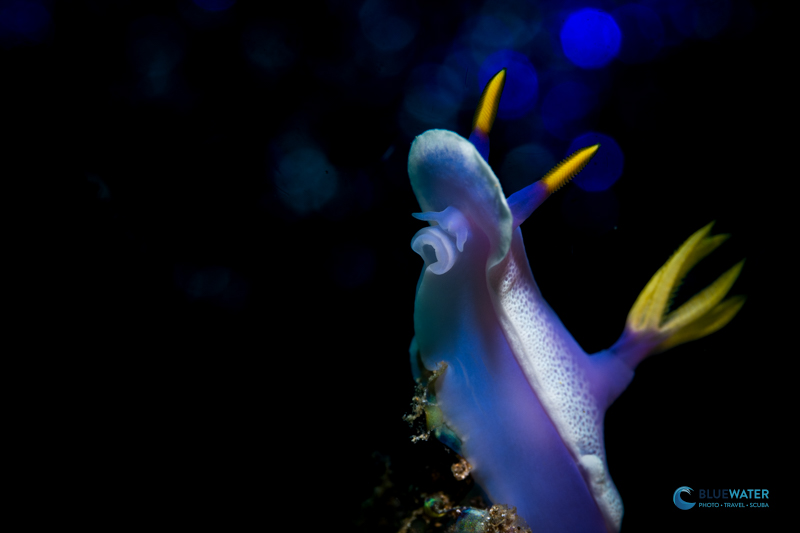
Nikon Z50II for Underwater Video
The Nikon Z50II is a surprisingly formidable camera for underwater video given the $909 price point! It is capable of filming 4K/60p video with 10-bit N-Log recording. Though the 60p 4K video has a 1.5x crop factor, the high frame rate allows you to slow down your footage for a stable viewing experience. The 1.5x crop factor was actually a big help for macro video where it can be hard to sneak up on subjects. Log recording allowed me to capture as much detail as possible and make fine adjustments to my underwater white balance.
Top Underwater Housings for the Nikon Z50II

There are currently two underwater housing options for the Nikon Z50 II available at Bluewater Photo - one from Ikelite and one from Nauticam. They serve two very different purposes. We recommend the Ikelite Nikon Z50 II Housing for any underwater photographer who wants a lightweight housing option that is compatible with all the incredible Z-glass from Nikon. You can use any one of your Z-mount or F-mount lenses with the Ikelite housing. The Nauticam Nikon Z50 II Housing is designed to be used with the Nikon 16-50mm kit lens. It has a built in bayonet mount so that you can use Nauticam wet lenses - allowing you to shoot wide angle and macro on the same dive.
Top Underwater Lenses
There are a wide variety of excellent Z mount and F mount lenses available for underwater photography with the Nikon Z50 II - all of which are sold at Bluewater Photo! To use F mount lenses with the Nikon Z6 III, you will need a Nikon FTZ adapter. F mount lenses with the FTZ adapter focus almost as fast as with the native Z mount glass - we notice no difference underwater. It's important to note that the Tokina 10-17mm fisheye lens will not be compatible with the Nikon Z50 II.

Nikon Macro Lens Options
Nikon F 60mm f/2.8 macro w/ FTZ adapter - The Nikon 60mm macro lens is unique among Nikon lenses. This lens is our top choice for blackwater photography. The Nikon 60mm macro can also focus closer than the 105mm macro lenses available.
Nikon F 105mm f/2.8 macro w/FTZ adapter - If you have the Nikon F 105mm macro, it still reigns as one of the top macro lenses for the Nikon Z50 II. It has a relatively long working distance which can be beneficial for sneaking up on shy subjects. An it actually focuses quicker than the z version of the lens! However, it is not as sharp.
Nikon Z 105mm f/2.8 macro - The Nikon Z 105mm f/2.8 macro is one of the sharpest macro lenses that we have ever shot. It might be a little slower than other macro lenses on the market, including the F mount version. But with improved autofocus in the Z50 II it is our top choice for macro photography.
Nikon Z 50mm f/2.8 macro - We don't recommend the Nikon Z 50mm macro lens for underwater photography. While it is a more affordable option, the moving focusing barrel yields slow image quality and it is difficult to use with diopters.
Kraken and Weefine +13 macro lens - The Kraken and Weefine +13 macro lenses are excellent choices to pair with the Nikon Z 105mm macro for supermacro photography. Be sure to check out the full guide to wet macro lenses.
Nikon Wide Angle Lens Options
Nikon F 8-15mm fisheye lens w/ FTZ adapter - The Nikon 8-15mm fisheye lens is a classic lens for underwater photography. In fact, it's our favorite fisheye lens. With the Nikon Z50II you will get some vignetting at 8mm, so you'll have to use the close end of its range. It's perfect for getting close to subjects on the reef for the ultimate color and detail.
Nikon Z 14-30mm rectilinear wide lens - The Nikon Z 14-30mm is a fantastic choice for photographing subjects that are slightly farther away - like sharks and dolphins.
Nikon F 16-35mm f/4 w/FTZ adapter - If you still have your Nikon F 16-35mm wide lens, it's still a great option for similar subjects to the Z 14-30mm. That said, it's not as sharp as the Z version of the lens and it could be worth considering the switch.
Is the Nikon Z50 II the True Successor to the Nikon D500?

The Nikon D500 was a game changing camera when it was released in March 2016. It was Nikon's "Pro" cropped sensor camera body and a legendary camera for sports and wildlife photographers. It had fast burst shooting speeds and lighting fast autofocus. Since then, Nikon has not released a true successor to the D500. Most recent APS-C models have been entry level cameras. But the Nikon Z50 II might be the camera to bridge the gap! It's autofocus system is finally comparable if not better due to the advanced subject detection system. For underwater photographers it is especially useful to track fish as they swim underwater. Moreover, it's a much more formidable video camera than the D500 - in a world where video has become king.
Some may argue that the Z50 II is still not a professional body as it does not have the same weather sealing, two card slots, or long battery life. And that's a fair point. But for underwater photographers looking for D500 level performance for an excellent price point, the Z50II, in my opinion, is a true successor.
Conclusions
For $909 camera, the Z50 II is an incredible value. I can't recall a time where you can get 11 fps burst shooting, reliable pro-grade subject detection autofocus that works on fish, 4K/60p log video recording, and incredible APS-C image quality for that price point. If you're looking for a macro powerhouse and a serious replacement to the D500, the Nikon Z50 II is the camera for you.
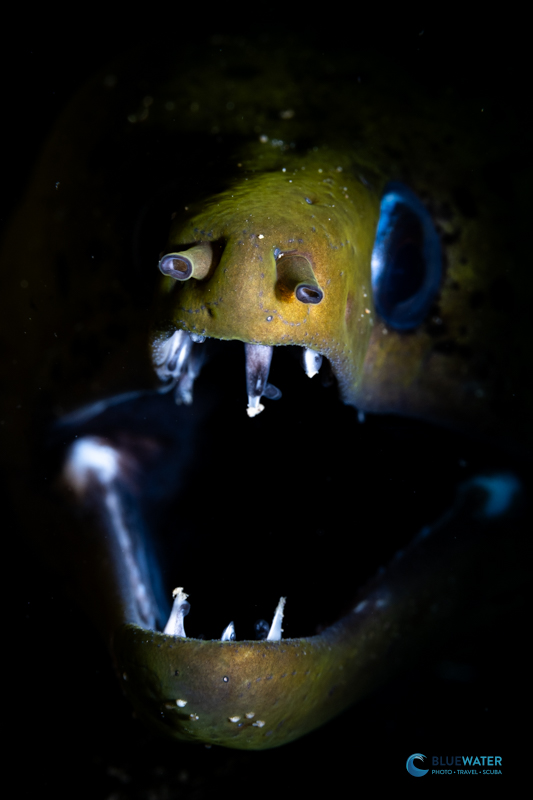
RECOMMENDED ARTICLES
SUPPORT THE UNDERWATER PHOTOGRAPHY GUIDE:
The Best Service & Prices on u/w Photo Gear
 Visit Bluewater Photo & Video for all your underwater photography and video gear. Click, or call the team at (310) 633-5052 for expert advice!
Visit Bluewater Photo & Video for all your underwater photography and video gear. Click, or call the team at (310) 633-5052 for expert advice!
The Best Pricing, Service & Expert Advice to Book your Dive Trips
 Bluewater Travel is your full-service scuba travel agency. Let our expert advisers plan and book your next dive vacation. Run by divers, for divers.
Bluewater Travel is your full-service scuba travel agency. Let our expert advisers plan and book your next dive vacation. Run by divers, for divers.











